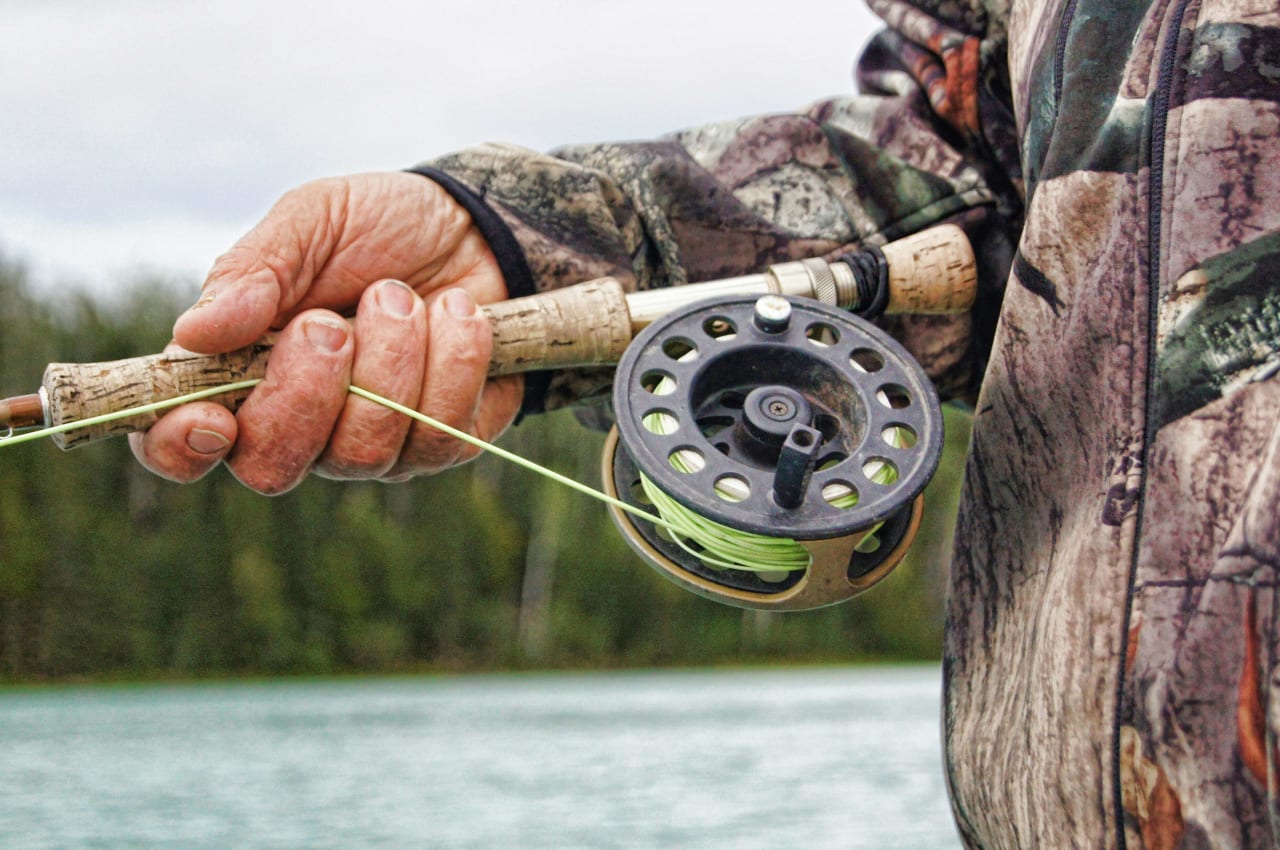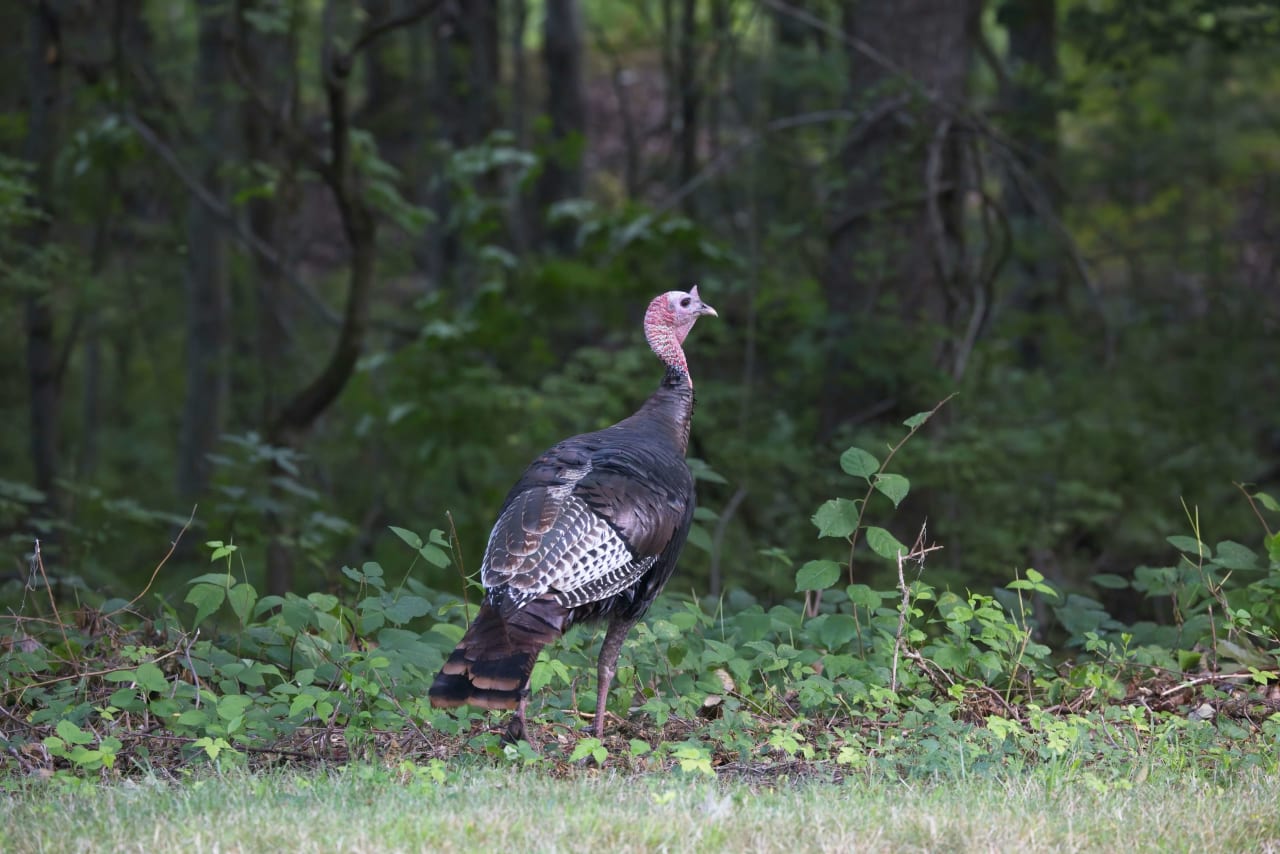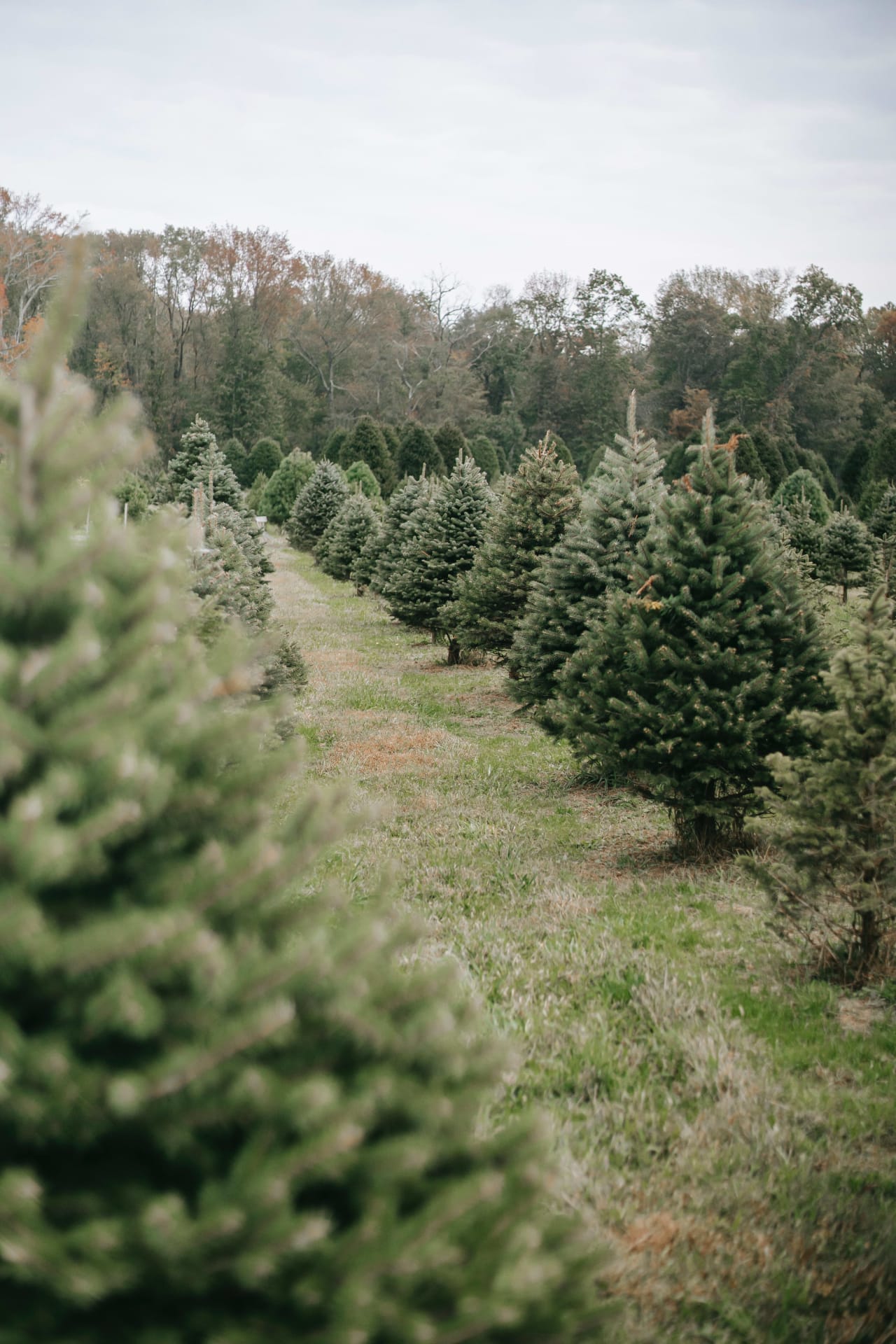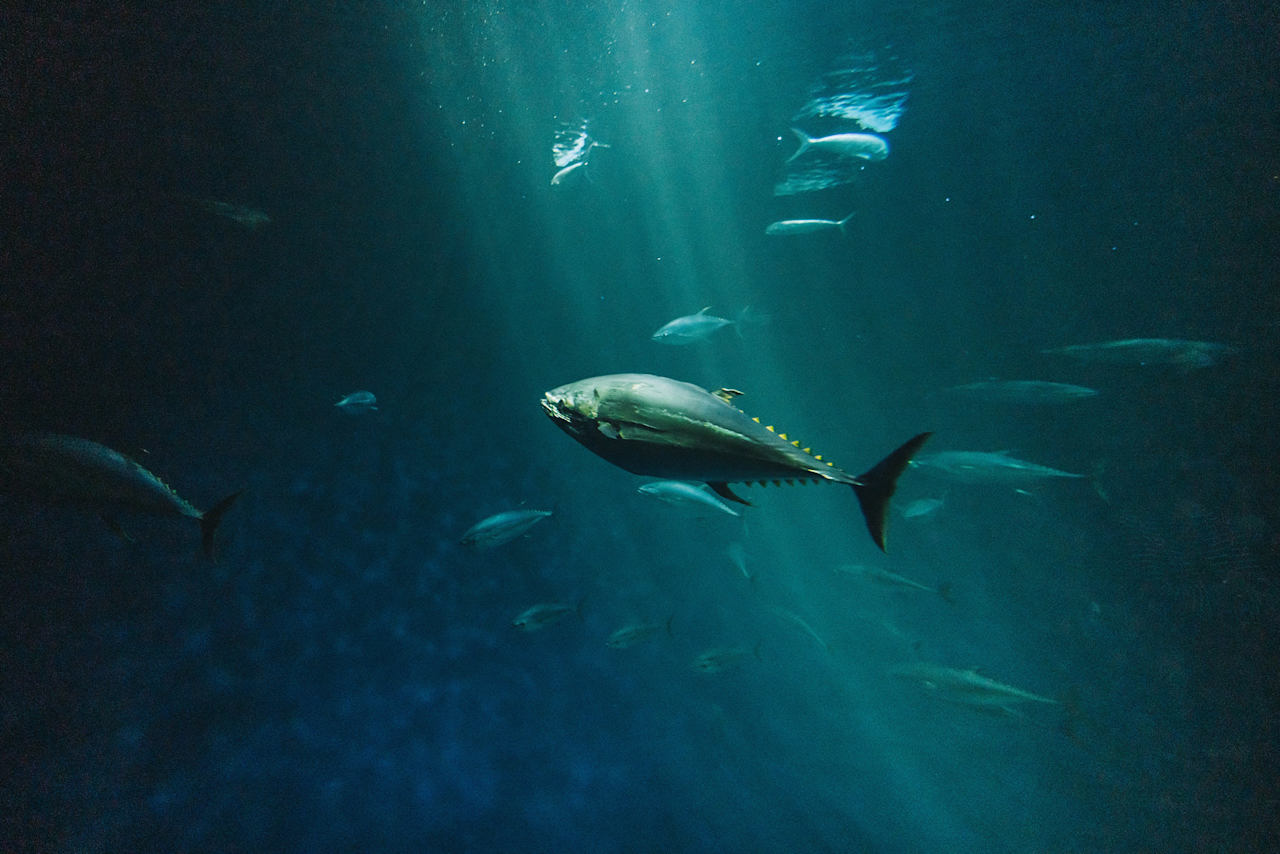For a peaceful afternoon outdoors, it’s hard to beat a fly fishing outing on the gently flowing waters of a mountain stream or along the tranquil shores of a North Carolina lake or pond. Avid fishermen and newcomers alike are drawn to this pastime that not only offers a calming, almost meditative approach to catching fish, but affords an opportunity to enjoy fishing in its most basic form.
The Fly Fishing Experience
What primarily differentiates fly fishing from traditional fishing is the lightweight lure, called a fly, that is used to attract and catch fish. The fly is cast into the water using a rod and reed that are unique to the sport, and a technique for casting that requires plenty of patience and, for some, a great deal of practice. The lightweight fly is carried on a line that is heavier than traditional fishing line: a quality that helps the line travel through the air in much the same motion as the flow of a whip. This motion of casting with the heavier line forms a sort of trademark loop, which should unroll completely before the fly at the end eventually touches the surface of the water.
Fly fishing in a lake is unique in that there is no flow of water; fish tend to hide in the depths of the water during the daytime, which makes day fishing in a lake more of a challenge than in a stream. Lake fishing is most typically done at dusk or well into the nighttime, even, when fish tend to come to the surface to forage for food and often rely on moonlight to light up insects floating or swimming on the surface.
All that is required, really, in the way of fly fishing equipment is A) a fly fishing rod, B) fly fishing reel, and, most critically, C) the flies themselves,
- Fly fishing rods are lightweight, flexible and durable. They are classified by a weight system ranging from 0-3 weight rods, for the very smallest fish, all the way up to 11 weight or larger, used for catching the largest fish in saltwater or in lakes. The choice of a rod weight depends not only on the type of fish you are fishing, but the body of water being fished, the type of fly used, and weather at the time of fishing. The length of a rod generally runs between 6’ and 15’, with most falling within the 8-9’ range.
- The type of reel used is important in that the reel is responsible for allowing the line and lure to fly as weightlessly and far out into the body of water you’re fishing as possible. Fly line weight and rod weight both need to match the weight of the fly reel so that a reel won’t fail when a heavy fish is caught… and then lost due to the reel’s incapacity to handle the heavier line.
- Ask any two fly fishermen to show you their favorite, most productive flies and you are likely to be shown two that are very different from one another. The best fly for a certain geographical zone will match the aquatic insect life of that area – the bugs (from larvae stage to adult), worms and minute fish that trout and other fish like to eat. Generally-speaking, there are a variety of flies designed to represent these different types of insects in various environments. What is called a dry fly, for instance, mimics an adult insect that has broken the surface of the water. A streamer appears as a leech, crayfish or other small fish, which are critical food sources for many fish. Saltwater flies represent shrimp, crab or baitfish, and nymphs are designed to imitate young insects – larvae – that live in the water.
Enjoying the Sport of Fly Fishing in North Carolina
Other equipment that might be necessary but not critical for your fly fishing excursion are a net, fly fishing vest for all your gear, good sunglasses, and waders, which will allow you to get as far out into the water as necessary and still stay dry.
Where to Enjoy the Best Fly Fishing in North Carolina
The Blue Ridge, Appalachian and Great Smoky Mountains of North Carolina are your best bet for the most productive trout fishing steams. The three main varieties of trout – book, rainbow and brown trout – are all available to fish in over 3,000 miles of these scenic western waters. The renowned North Carolina Fly Fishing Trail encompasses a total of 15 spots that are known to provide the best of the best trout fishing resources in the Smokies, including Whitewater River, Scott Creek, and the Davidson River.
Bountiful fly fishing lake locations include Jordan Lake, just west of Raleigh; beautiful Lake James, between Burke and McDowell Counties; and Lake Chatuge, on the North Carolina/ Georgia border.
Saltwater fly fishing for tarpon, striped bass, redfish or sailfish along coastal waters is generally done from the deck of a boat that is specially designed to provide stability, plenty of storage for rods, and room for casting. Ocracoke Island and the Outer Banks are prime North Carolina saltwater fishing grounds.
Find out more










